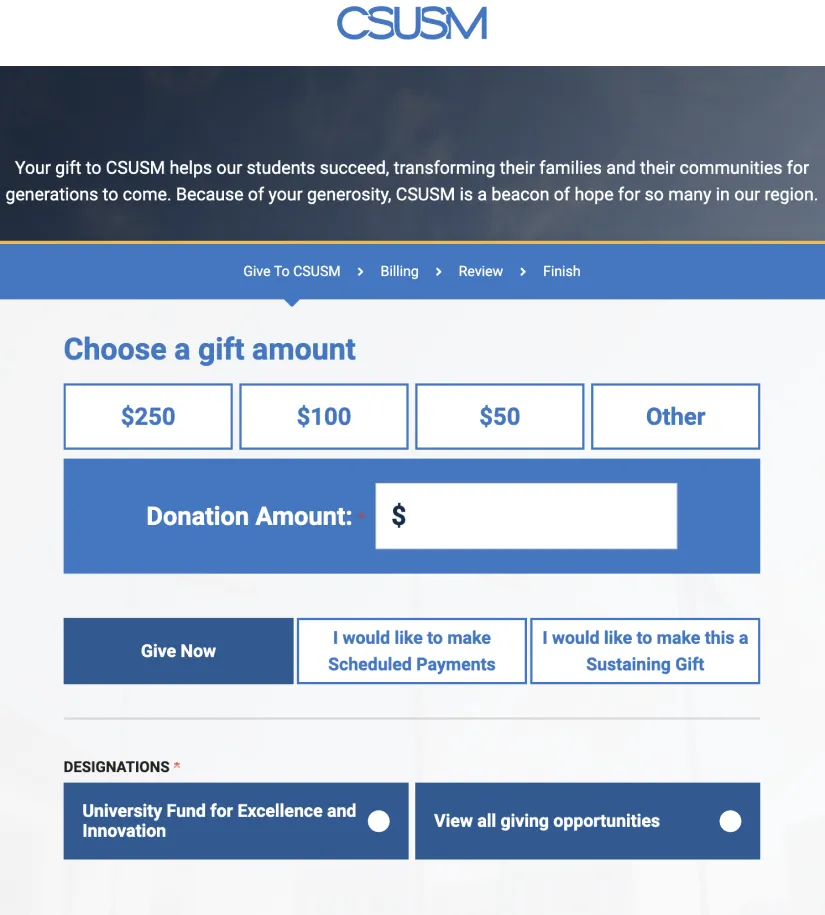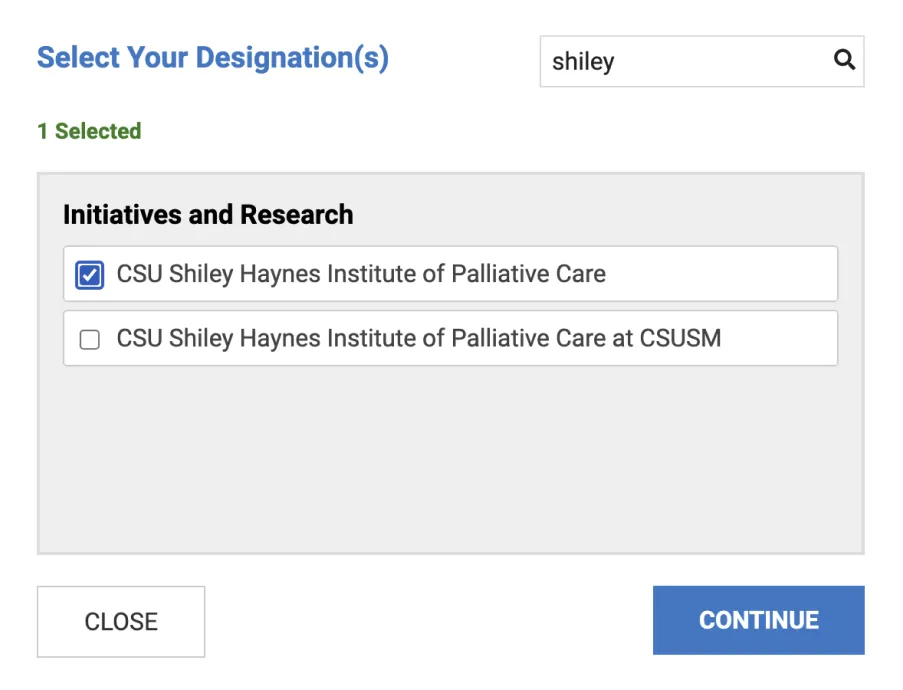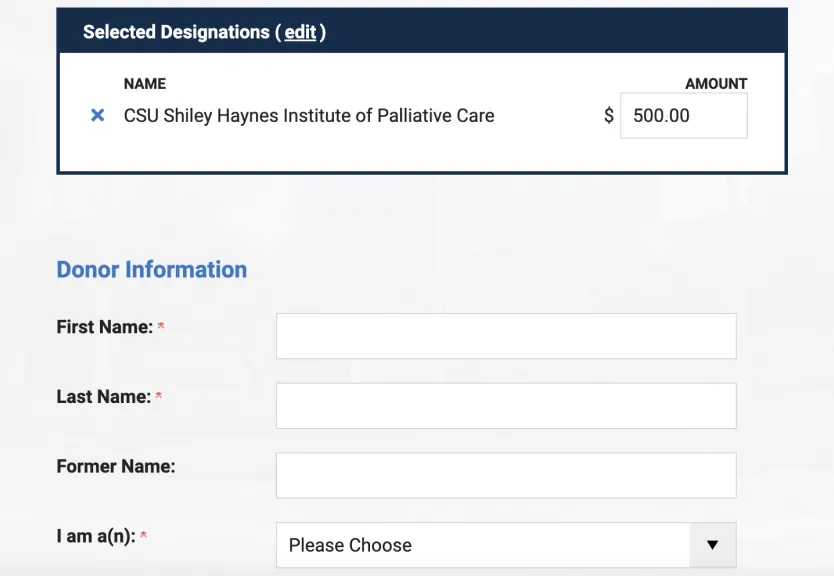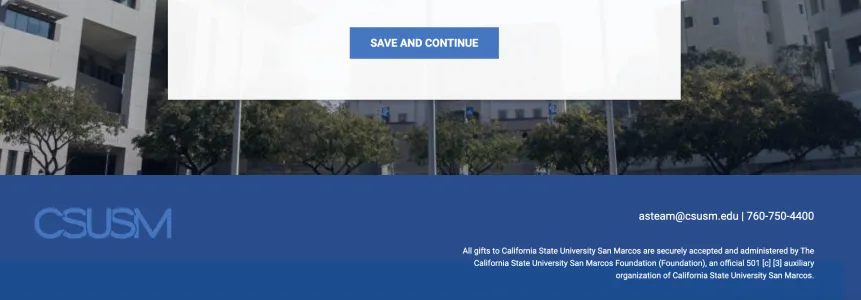By Caroline Boaz MSN, RN, ACNS-BC, ACHPN, Community Educator, California State University Shiley Institute for Palliative Care
The silver tsunami is here. What does it mean for nurses? How will the focus of your practice shift? Are you prepared? As our patients are living longer with serious and chronic illnesses, they are at increased risk of having their pain and complex symptoms under-treated. Our elders are facing long and expensive inpatient stays, treatments and surgeries that are likely futile and suffering through a prolonged dying process. This isn’t what patients and families want. Additionally, it’s this sort of care that can lead nurses and other health professionals to burnout and suffer with moral distress.
The solution lies in focusing on a plan of care that matches the patient’s preference and reflects the highest possible quality of life as defined by the patient and family. In order to provide evidence-based care in alignment with patient values and goals, we need well-trained professionals who can provide both generalist and specialist-level palliative care and function effectively as a part of an interdisciplinary team.
In September, the Institute of Medicine released a report titled Delivering High-Quality Cancer Care: Charting a New Course for a System in Crisis. The report states, “Many patients also do not receive adequate explanation of their treatment goals, and when a phase of treatment concludes, they frequently do not know what they have received or the consequences on their future health. In addition, many patients do not receive palliative care to manage their systems and side effects from treatment. Most often this occurs because the clinician lacks knowledge of how to provide this care (or how to make referrals to palliative care consultants) or does not identify palliative care management as an important component of high-quality cancer care.”
The only way to bridge the gap from where we are now to being effective as part of (or leaders of) competently trained teams of professionals who are equipped to respond to the complex needs of a population with multiple, long-term illness, is through palliative care training. Whether your goal is to develop a sub-specialty in palliative care or to meet the basic requirements for generalist knowledge there are many educational seminars and programs available.
 Recent research by the national polling firm Public Opinion Strategies has shown that, once informed about palliative care, 92% of the American public are highly likely to consider palliative care for themselves or their families when they have serious illness. When this demand reaches a tipping point, which it is likely to in the next 5 to 10 years, will there be enough trained nurses to handle the cases that need attention?
Recent research by the national polling firm Public Opinion Strategies has shown that, once informed about palliative care, 92% of the American public are highly likely to consider palliative care for themselves or their families when they have serious illness. When this demand reaches a tipping point, which it is likely to in the next 5 to 10 years, will there be enough trained nurses to handle the cases that need attention?
Investing time and money in continuing education can be challenging, but the benefits far outweigh the challenges of finding the time and the income to become certified in the specialty area of Palliative Care. There are many cost-effective, online programs now being offered for RN’s that are flexible enough for the working professional to tackle. And if the concept of online learning intimidates, you can feel confident that many of the programs today are very user friendly and include unprecedented 1:1 support of the instructors.
The seriously ill patients you interface with already want and expect the type of services that palliative care provides. Be ready to ride the wave and get the training you need to competently help patients and families live well throughout the course of their illness. It’s important to your career and it’s even more important to the people you serve.
Sources:
- Palliative in Practice – Palliative Care: A New Paradigm for Managing Serious and Chronic Illness (via American Cancer Society Cancer Action Network)(page has been removed)
- Institute of Medicine – Delivering High-Quality Cancer Care: Charting a New Course for a System in Crisis (page has been removed)
- Public Opinion Strategies research poll




